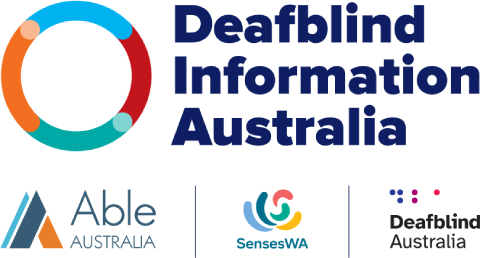Key Word Sign
Key Word Sign is a tool that can be used to support children and adults with communication difficulties to understand and get their message across to others. Key Word Sign (KWS) adds signs to spoken words, but is not a sign language. The key words in a message are signed.
It uses manual signs, natural gesture and facial expression. Key Word Sign is used to support social interactions, communication and language skills for people who may have difficulties with attention, language understanding and expression, and understanding and producing speech. This visual communication support system is often used with children and adults who have communication difficulties.
Key Word Sign uses a core vocabulary of specific words/signs. It is made up of signs thought to be most useful for children and adults with communication and language difficulties. Signed vocabulary can also be added to suit the individual needs of the user. In Australian Key Word Sign, each word (concept) matches a sign borrowed from Auslan – Australian sign language.
The main features of Key Word Sign include
- sign the main words but say the whole sentence
- use natural gesture and facial expression
- uses some finger spelling
- signs come from the official sign language of the region
The communication partner of the person who is deafblind may use the signs to communicate a message to the person with deafblindness and/or to support the understanding of a spoken message. Some people with deafblindness may also use Key Word Sign to communicate their own messages to others. If the person with deafblindness does not have enough functional vision to see the signs, Key Word signs can be modified to tactile forms. Strategies such as lighting, positioning and clothing colour contrast can be used to make signs more visible, where someone is using residual vision to see the signs.
In Australia, Key Word Sign was known as Makaton until around 2010. Makaton is a trademarked term with its origins in the United Kingdom and officially, is a term no longer used in Australia.
Updated September 28, 2022
